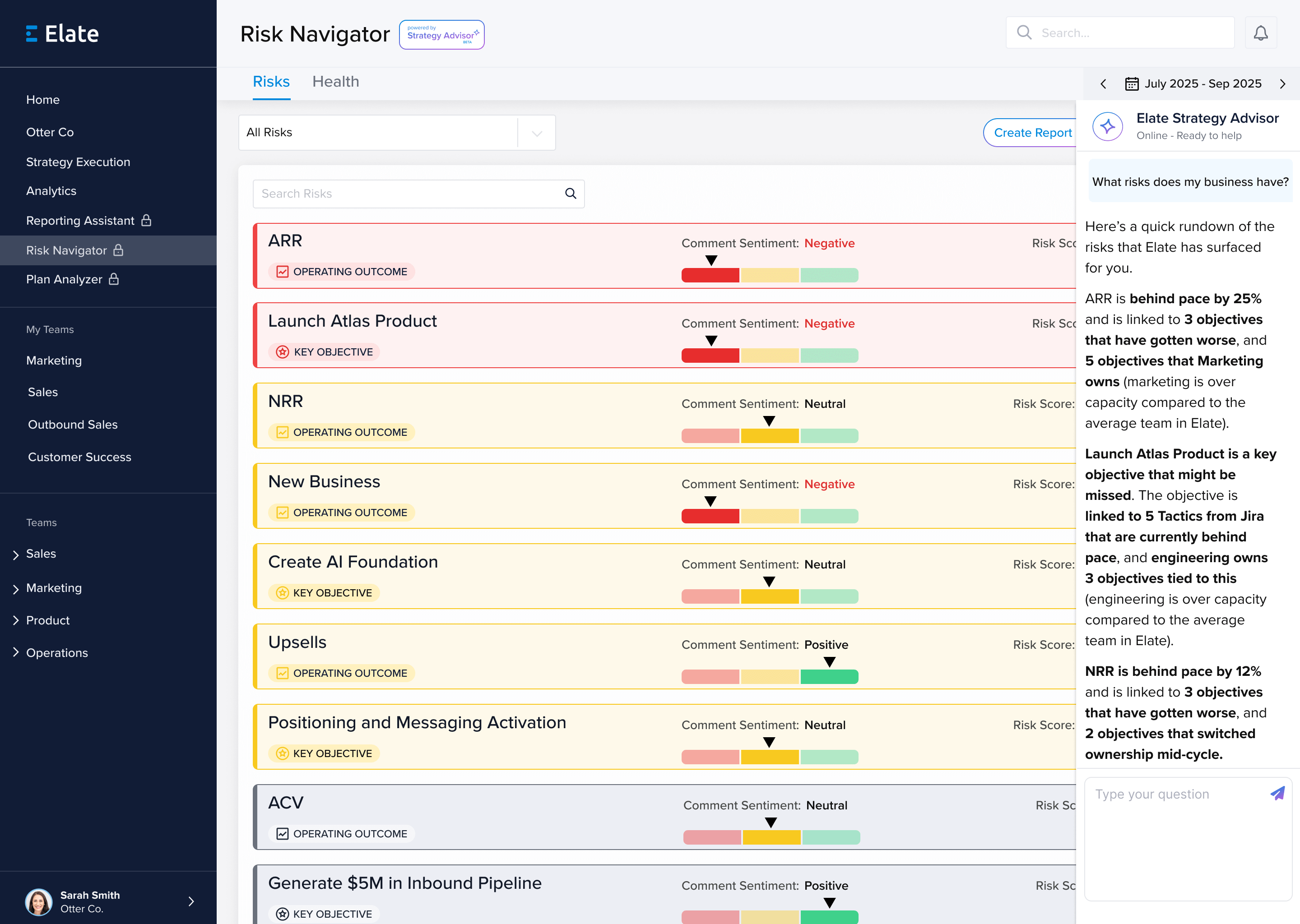If you would like to set your organization up for success today, then you have to focus on defining your goals. Sure, every business would like to increase its revenue; however, how are you going to get there? What are the key metrics that are going to determine whether you are setting your business up for success? That is where OKRs are helpful. The OKR meaning stands for objectives and key results. A major focus of businesses all over the world during the past few years, the idea of OKRs actually came from Google.
When looking at OKR Google, the tech company actually set up an OKR framework back in 1999. After setting up this framework during its first year, Google fueled its growth from just 40 employees to more than 60,000 today. Gradually, the idea of OKRs spread from Google to other technology companies throughout Silicon Valley. This includes Airbnb, LinkedIn, Twitter, and Spotify. Today, the OKR system is not limited to technology companies alone. Now, the idea of OKRs has spread to other major companies as well including Target, Walmart, and ING Bank.
The idea is that objectives and key results are going to be set frequently. Then, they will be tracked and re-evaluated on a regular basis. The idea is that OKRs are supposed to be efficient. This is a process with a fast cadence that will engage every team's unique perspective on the operations throughout the company. Then, after collecting input from everyone, individual OKRs will be reviewed, set, and tracked moving forward. Gradually, throughout many iterations of this process, the company will improve.
OKR Examples For Operations
If you are looking to establish OKR examples for operations in your organization, it is important to go into more detail for OKR planning. For example, if you are looking to set OKRs for your company for the first time, it may be helpful to take a look at one of the leaders in the world of venture capital, John Doerr. He uses a straightforward formula when it comes to establishing OKRs. As your first OKR statement, complete the sentence, “I will [blank] as measured by [blank].”
The goal behind this straightforward process is that you are going to describe both what you want to achieve and how you are going to measure whether you have gotten there. If you are not able to objectively define what success looks like, you are going to have a hard time reaching your goals. That’s because you will not know how to evaluate your success.
In the formula above, the objective is the first black. What do you want to meet? Then, the key results go in the second blank. How are you going to measure this success? If you are looking for OKRs explained, refer to the Measure What Matters OKR template, as this is a great guide that can help you learn more about OKRs, how to write them, and how to use them.
How To Track OKRs
Once you have your OKR examples and place, you need to learn how to track OKRs. This process does not have to be complicated. First, it can be helpful to develop a strategy. Use this to list all of your objectives and key results you are tracking. Then, list your dates. For example, you may want to check in with each of your objectives on a weekly basis. That way, you can track your results incrementally.
For example, if you have a certain objective for your social media platform, you can track the growth of your followers weekly. Then, you can see if you are on track to meet your objectives within the given time frame.
Using real OKR examples, you can even take advantage of a mobile application. If you do not want to carry around a spreadsheet on a laptop with you, you may be able to use a mobile application to track the results. That way, you can streamline your operations, making it easier to see whether you are on track.
OKR Examples For Technology
When it comes to OKR software, it is helpful to take a closer look at a few OKR examples for technology. Some of the key example that you may want to in your technology company include:
- I would like to improve the maintenance of our company's devices by increasing on-time maintenance check-ins
- I would like to improve the cybersecurity of our organization by updating all of our software programs on-time
- I would like to improve the overall speed of our devices as measured by upload and download speed
- I would like to get our employees more involved in our evaluation process by distributing more surveys and improving their participation rates
- I would like to increase the conversion rate of our email marketing campaigns as measured by subscriber numbers
These are just a few of the top OKR examples that are commonly used among companies and the SaaS field. Of course, it is important to track these OKRs as well. That is where a free OKR template Google Sheets can be helpful. Even though this is a great place to start, many technology companies find that using Elate makes it easier for them to track their results over time.
Company OKR Examples
Even though company OKR examples are helpful, leadership OKR examples can be just as helpful. The reality is that OKRs can help managers and team leaders improve their ability to guide the company in the right direction.
Those who occupy management roles are often seen as leaders. They serve as a source of inspiration for team members who may not be as experienced. If the management team does an effective job of implementing OKRs, this means they are serious about helping everyone reach their full potential, not just individual employees. Furthermore, OKRs are also great ways to encourage teamwork, maintain employee engagement, and set goals as a whole.
If the management team is able to create ambitious OKRs, they will set everyone's expectations in a realistic, transparent way. Furthermore, employees are going to be well aware of how their individual roles are going to contribute to the broader goals of the company. With a transparent framework in place using OKRs, this can dramatically improve everyone's job satisfaction, improving the manner in which team members work together.
For all of these reasons, it is important for companies to employ OKR methodology at the leadership level as well. If leaders show that they are taking advantage of OKRs, they are more likely to get their employees to buy in as well.
OKR Goal Template
Even though it is true that OKRs can be effectively applied throughout the company as a whole, individuals can also set personal OKRs as well. In this situation, it can be helpful to use an OKR goal template. With a personal OKR template, it is easier for individuals to track their individual performance. Everyone is looking for a way to improve their performance. Whether they are just starting with a company or trying to lead the executive team in the right direction, everyone wants to do their best. The only way people are going to figure out if they are meeting those goals is if they are able to quantify their performance. That is where personal OKRs are helpful.
For example, one of the easiest OKRs for people to follow involves meeting deadlines. For example, one OKR might read, “I want to meet all of my deadlines as measured by on-time submissions.” This is one of the top ways people can stop themselves from procrastinating. Of course, there are other OKRs as well. It is important for people to tailor their individual OKRs to meet their needs, focusing on ways they can improve their individual performance.
How To Use OKRs
Ultimately, there are still lots of people who are wondering how to use OKRs. It can be a challenge to transition from the old way of doing things to using team OKRs or personal OKRs at work. Even though this may represent a significant switch, it will be easier for companies to get everyone to buy in if the leadership team is the first area in which OKRs are adopted. That way, they can also get their feet wet and figure out how they can more easily implement OKRs at the lower level.
There's going to be some trepidation when implementing OKRs for the first time. Change is always uncomfortable. It is important for everyone to remember that Google has successfully implemented OKRs and has used them for more than 20 years. Furthermore, after Google had so much success with OKRs, this practice has spread to other industries as well. Now, a lot of companies in Silicon Valley, as well as some of the biggest giants in other industries, successfully use OKRs to help them meet their goals as well. If you would like to set your company up for success, take advantage of everything that OKRs provide.











